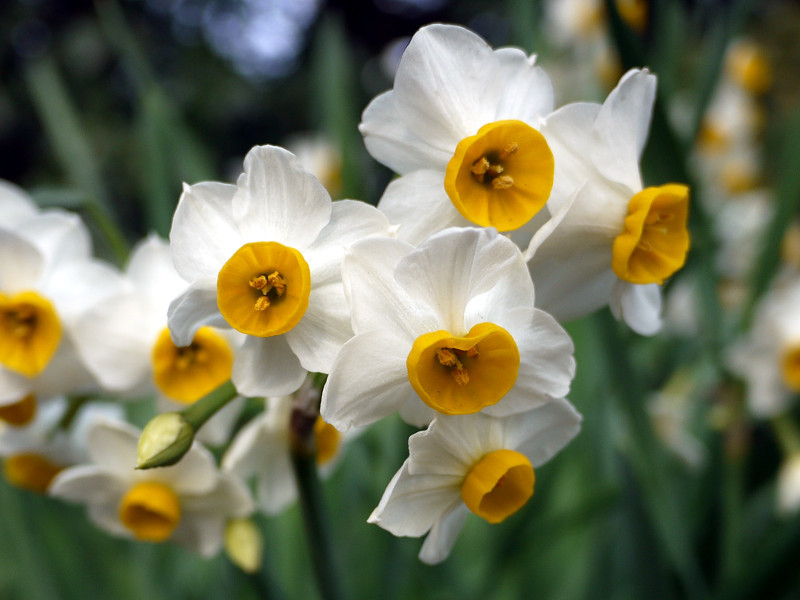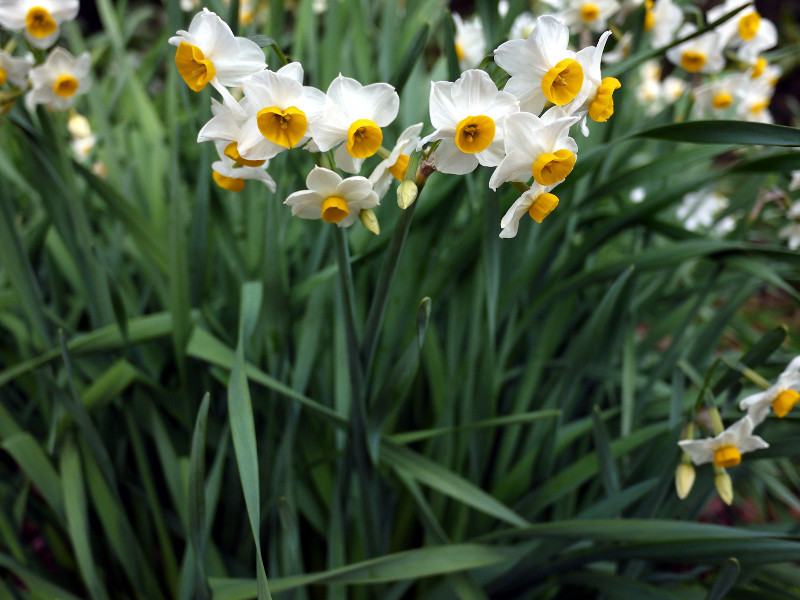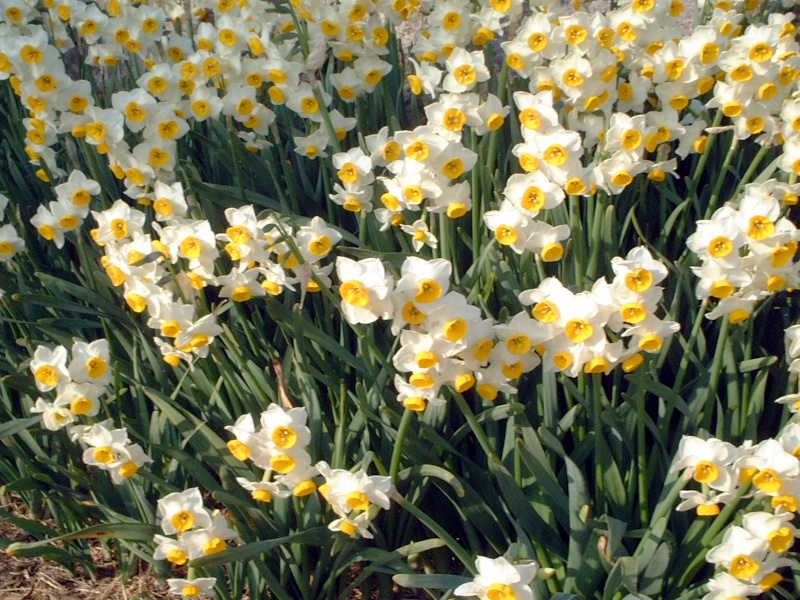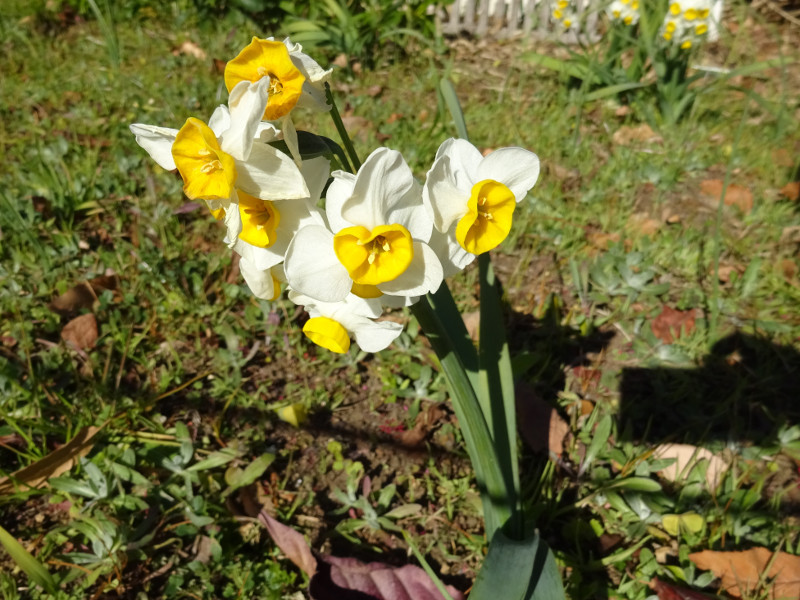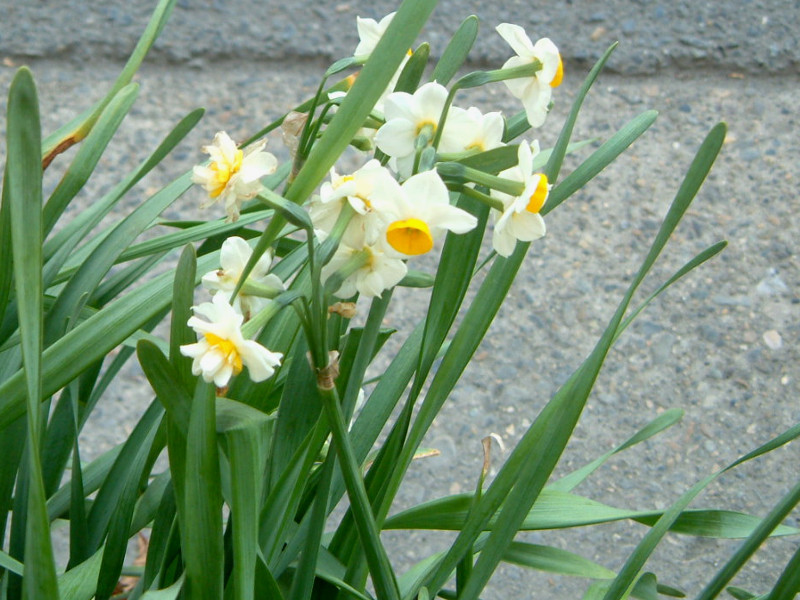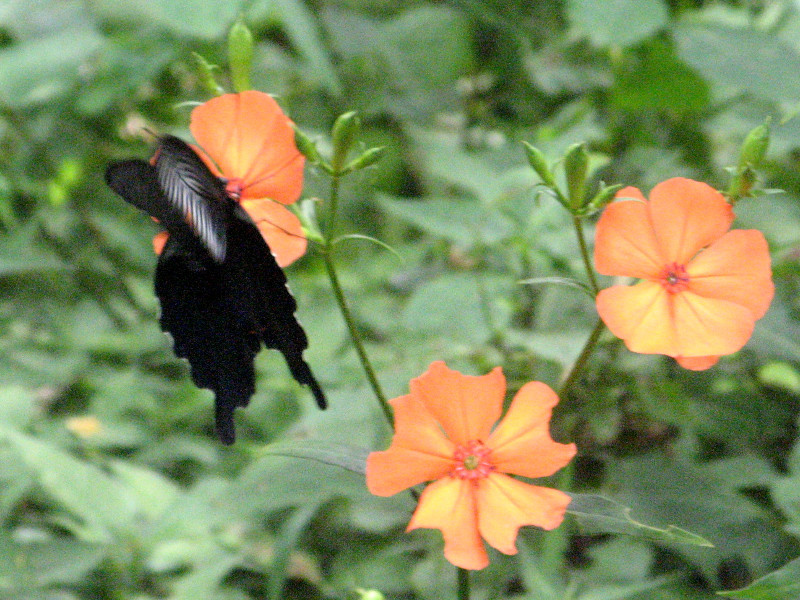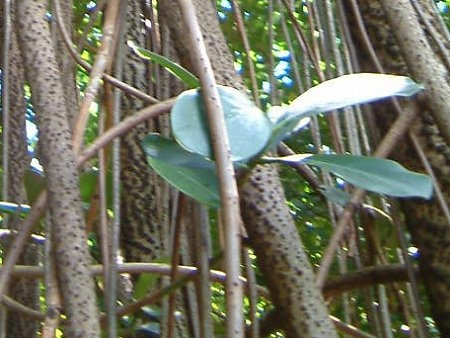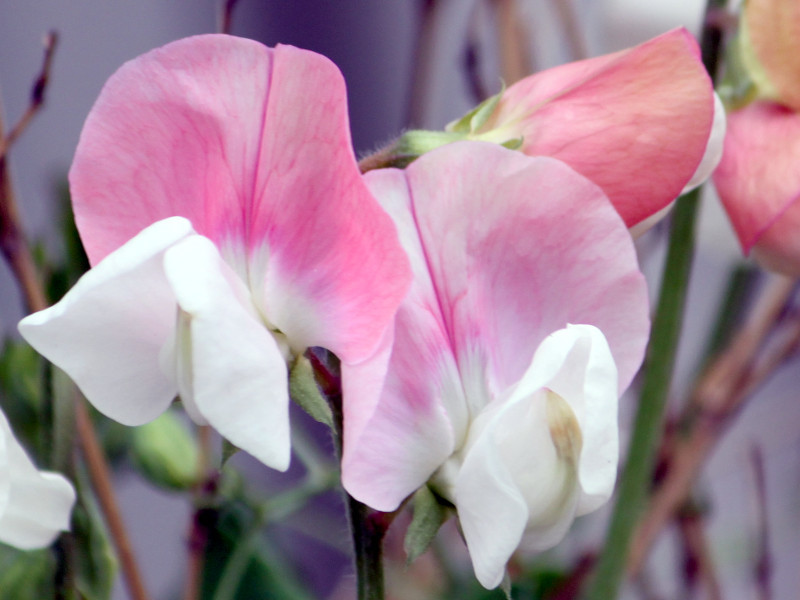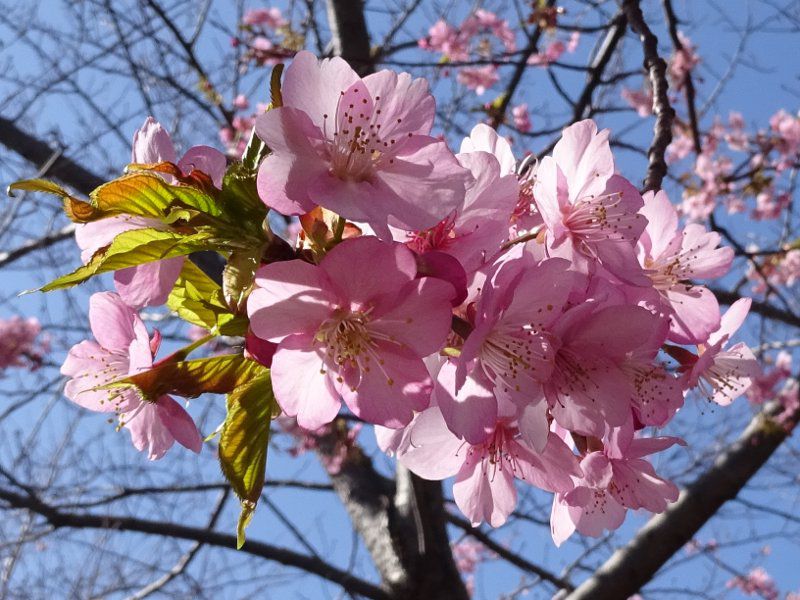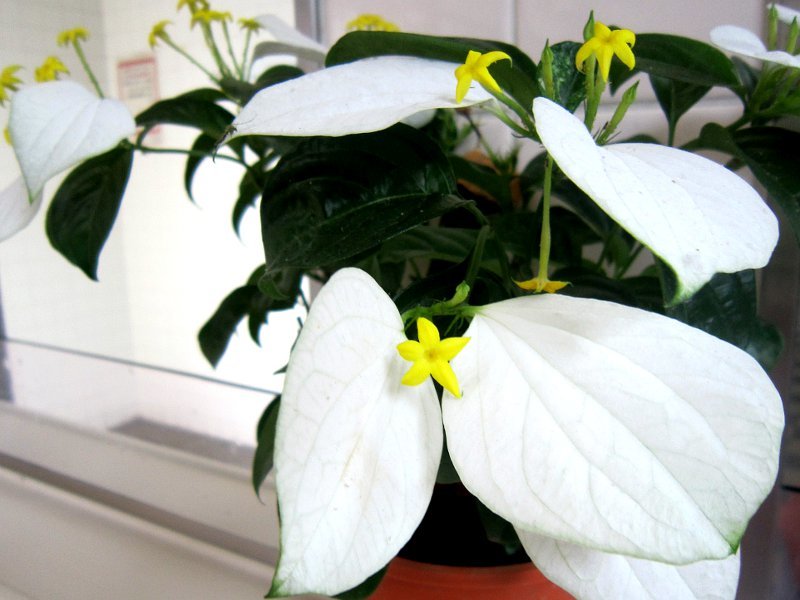Narcissus chinensis
- Flower nameNarcissus chinensis
- Scientific nameNarcissus tazetta var. chinensis
- Alias日本水仙, 日本寒水仙, 寒咲き日本スイセン, スイセン, 水仙, フサザキスイセン, 中国水仙
- Place of originSouthern Europe and the Mediterranean
- Place of floweringGarden, Seashore, Park, Horticultural species, Potted flower
- Flowering seasonJanuary, February, December
What is Narcissus chinensis
Narcissus chinensis (scientific name: Narcissus tazetta var. chinensis) is a cold-resistant perennial (bulb plant) of the Narcissus genus Amaryllidaceae, native to the Mediterranean coast of Spain and Portugal and northern Africa. It is called "Japanese narcissus," in Japan, but its origin is the Mediterranean coast, and it came to Japan via southern China. It grows wild along the coastlines of warm regions from the Kanto region westward to Kyushu. The leaf stalks are green, slender, and thick, and have the shape of a small ginger leaf. It produces small, fragrant, cup-shaped flowers from December to February of the following year. Of the six petals, there are three sepals on the outside and three petals on the inside. The orange tubular thing in the center of the flower is the secondary corolla. Reproduction is by bulbs. The whole plant, especially the bulb, is poisonous and dangerous to eat. Tsumekizaki in Izu-Shimoda, Awaji City in Hyogo Prefecture, and the Echizen coast in Fukui Prefecture are known as colonies of this plant.
The classification symbol is "8W-Y. Classification number" (Classification 8, tasseled "Tazetta Daffodil Cultivars") + "petal color" (W: white) + "secondary crown (cup) color" (Y: yellow).
Common name: Narcissus chinensis, scientific name: Narcissus tazetta var. chinensis , aka: Nihon Zuisen, Japan winter daffodil, cold bloom Japan daffodil, narcissus (Daffodil), clusters bloom daffodils, origin Mediterranean → South China → Japan, Japanese distribution: West of Kanto to Kyushu, environment: tropical coastline, height: 30 cm, leaf arrangement: alternate, flower color: yellow and white, pistil: 1 book, stamens: 6 books, Flowering time: 12-February, flower diameter: 3 cm.
